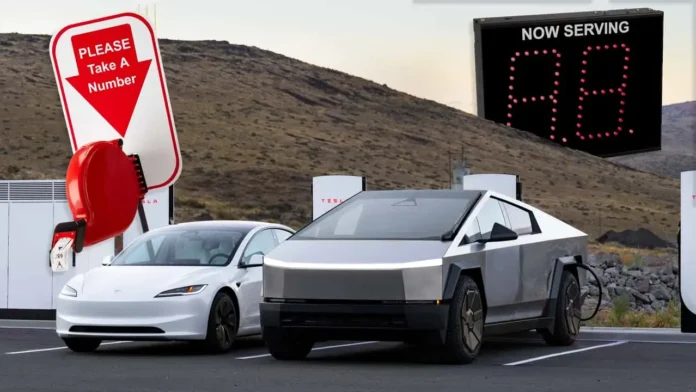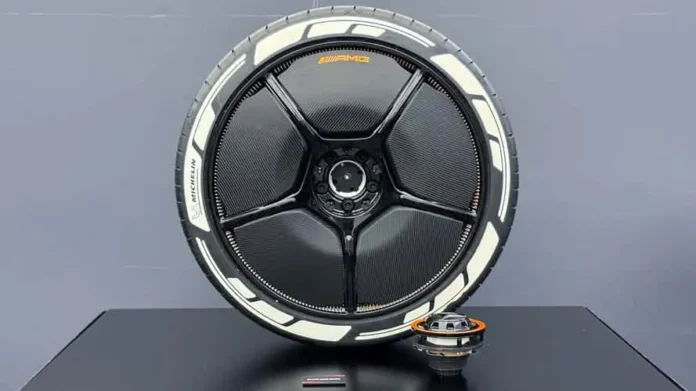Introduction to Plug-In Hybrid Electric Vehicles
In theory, a plug-in hybrid electric vehicle (PHEV) represents a significant step towards an electrified future. Owners enjoy the flexibility of a gasoline engine combined with the benefits of electric-only driving for short trips. However, the recent J.D. Power 2025 U.S. Initial Quality Study reveals that PHEVs may be falling short of expectations.

Quality Concerns for PHEVs
According to the study, PHEVs have recorded more problems per 100 vehicles (pp100) than battery electric vehicles (BEVs) for the first time, with scores of 237 pp100 compared to 212 pp100 for BEVs. This suggests that while PHEVs offer dual functionality, they may be encountering more mechanical and electrical issues, making them a less reliable choice during the first 90 days of ownership.
The Complexity of Dual Powertrains
PHEVs face unique challenges due to their hybrid nature. Each vehicle combines a gasoline engine with a smaller battery pack, and a more complex charging system. As elucidated by Frank Hanley from J.D. Power, PHEVs are impacted by issues from both emissions-based engines and electric systems, leading to increased complications. Furthermore, consumers may not be regularly plugging in their vehicles to maximize electric capabilities, thus exacerbating potential problems.
While some brands, such as Lexus and Hyundai, have established themselves well in PHEV offerings, the disparity in reliability can be stark between various models. Interestingly, the J.D. Power study notes improvements in the overall number of problems related to systems like infotainment, suggesting that attention to software can enhance user experience.



